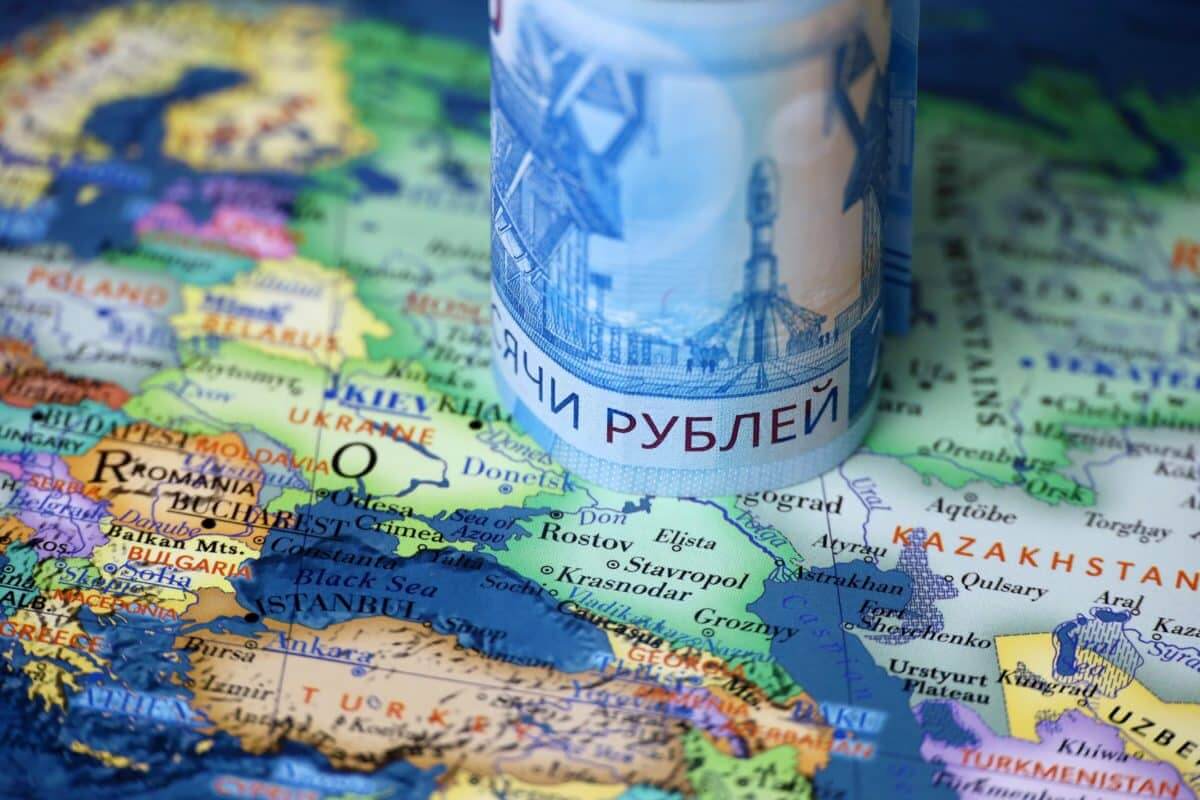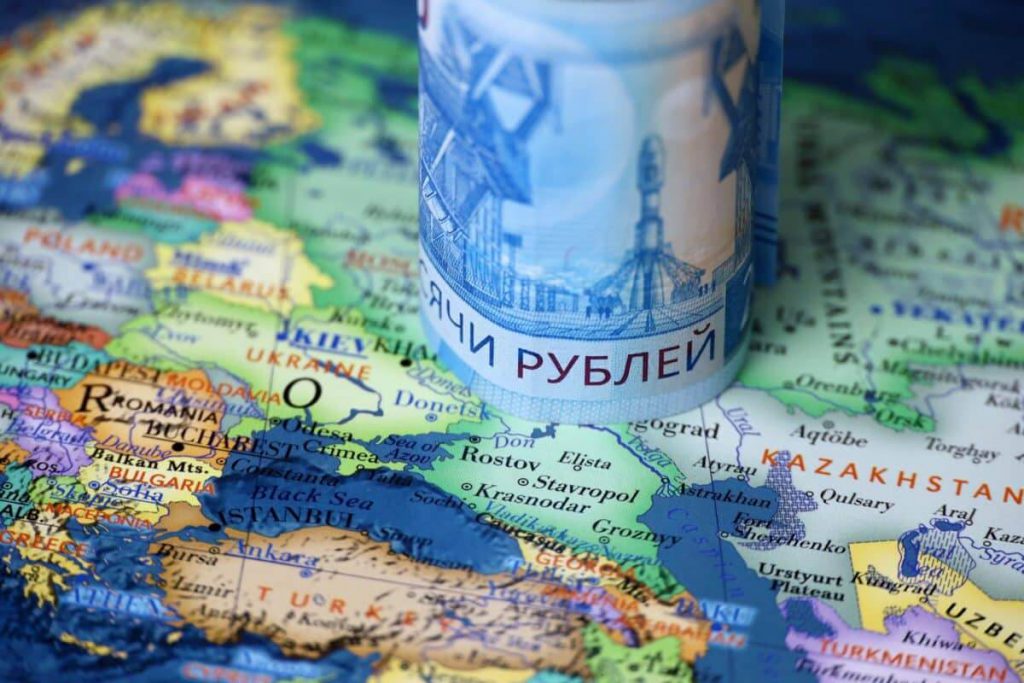
Russia has defaulted on its international obligations
According S&P, Russia has defaulted on its global debt because it offered investors payments in rubles rather than dollars.
S&P said in a report on Friday that Russia attempted to pay in rubles for two dollar-denominated bonds that matured on April 4. Because investors are unlikely to be able to convert the rubles into “dollars corresponding to the original due amounts,” the agency said this amounted to a “selective default.”
Moscow has a 30-day grace period starting April 4 to make capital and interest payments.
A complete foreign currency default would be Russia’s first since Bolshevik leader Vladimir Lenin renounced Tsarist government bonds more than a century ago.
As a result of Western sanctions imposed after it invaded Ukraine, Russia cannot access around $315 billion in foreign currency reserves. Until this week, the US authorized Russia to pay back select investors in dollars using some of its frozen assets.
However, as part of its campaign to increase pressure on Russian President Vladimir Putin and further deplete his war chest, the US Treasury has banned the country from accessing its reserves at American institutions. Russia had around $40 billion in foreign currency debt at the end of last year, with foreign investors holding about half.
Russia has gone to great pains to artificially prop up the ruble, which has fallen by as much as 40% to less than one US cent in the days following the invasion, including raising interest rates to 20% and requiring exporters to convert the majority of their foreign currency earnings into rubles.
That policy remains in place, but the central bank has chosen to remove certain other limitations and announced last week that interest rates slash to 17%. On Monday, the ruble was trading at 79 to the dollar.


